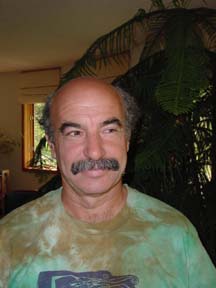By Bill McKibben for Orion Magazine
From his desk in an office in Chicago, Jeff Smith has a bird’s-eye view of the American landscape. Combing through a huge database of information compiled by the EPA, he can, almost literally, peer down every smokestack in the nation and figure out what’s going on inside.
And what he sees is heat. Waste heat—one of the country’s largest potential sources of power, pouring up out of those smokestacks. If it could be recycled into electricity, that heat would generate immense amounts of power without our having to burn any new fossil fuels. By immense, I mean, speaking technically, humongous. Even after he’s winnowed the nation’s half a million smokestacks down to the most likely customers, that leaves twenty-five thousand stacks. “An astronomical number,” Smith says.
From his desk in an office in Chicago, Jeff Smith has a bird’s-eye view of the American landscape. Combing through a huge database of information compiled by the EPA, he can, almost literally, peer down every smokestack in the nation and figure out what’s going on inside.
And what he sees is heat. Waste heat—one of the country’s largest potential sources of power, pouring up out of those smokestacks. If it could be recycled into electricity, that heat would generate immense amounts of power without our having to burn any new fossil fuels. By immense, I mean, speaking technically, humongous. Even after he’s winnowed the nation’s half a million smokestacks down to the most likely customers, that leaves twenty-five thousand stacks. “An astronomical number,” Smith says.
Powered by ScribeFire.

No comments:
Post a Comment